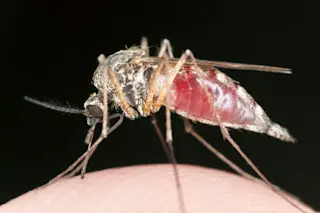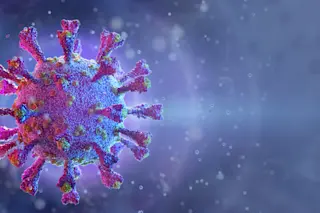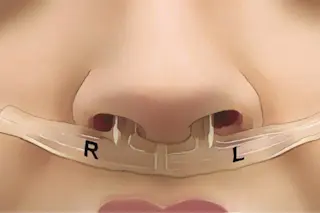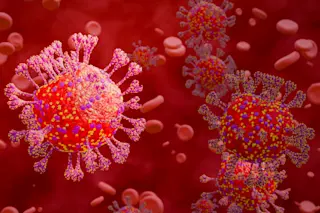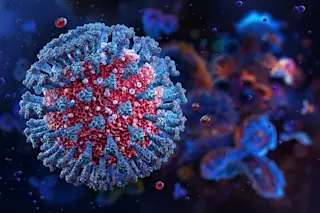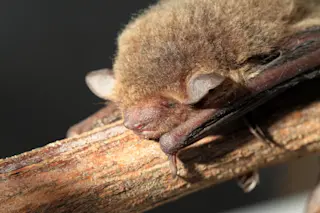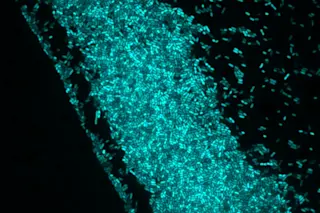At a recent conference, antimalaria crusader Bill Gates explained why researchers must continually renew their arsenal of weapons against the disease: “The parasite evolves and the mosquito evolves, so every tool we’ve ever had in the past has eventually become ineffective.” The evolution of resistance has resulted in a multimillion-dollar treadmill of new drugs and pesticides continually replacing older ones. Pennsylvania State University evolutionary biologist Andrew Read wants to end this cycle. “The harder we squeeze the parasite and mosquito, the more they’re going to evolve and respond,” he says.
The crux of the problem is that the Plasmodium malaria parasites and mosquitoes most resistant to drugs or insecticides are the ones most likely to survive treatment and reproduce. But Read has demonstrated that targeting older mosquitoes—those nearing the end of their reproductive lives, which are also the most likely to be disease carriers—could largely eliminate the problem of insecticide ...


